
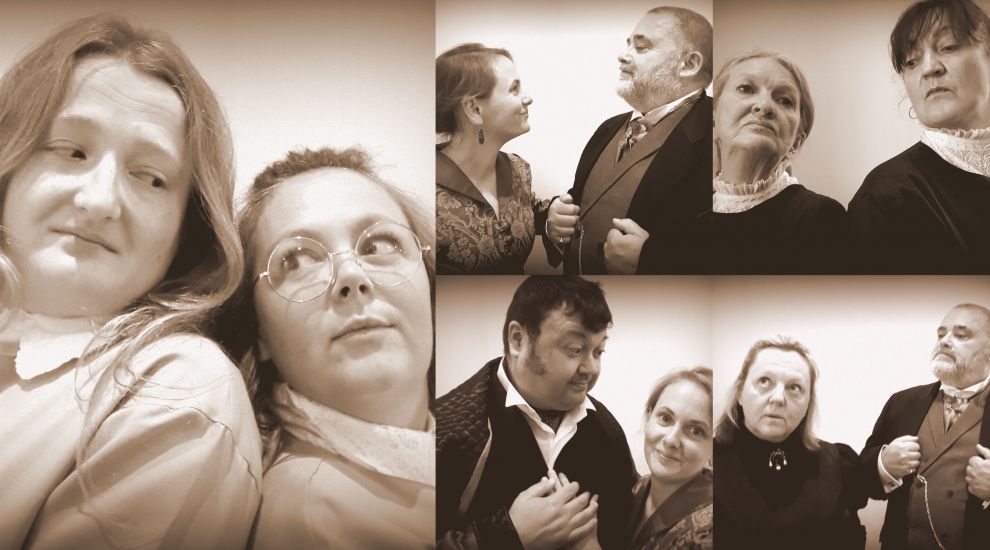

A local Director has “peeled” away the many interpretations of Conan Doyle’s creations to get back to the original characters and stories that captured the imaginations of millions of readers.
Every Friday, Express presents a selection of online and offline exhibitions, performances, workshops, events and other historic, creative and delicious content to help islanders get their weekly dose of culture.
Here’s this week’s offering…
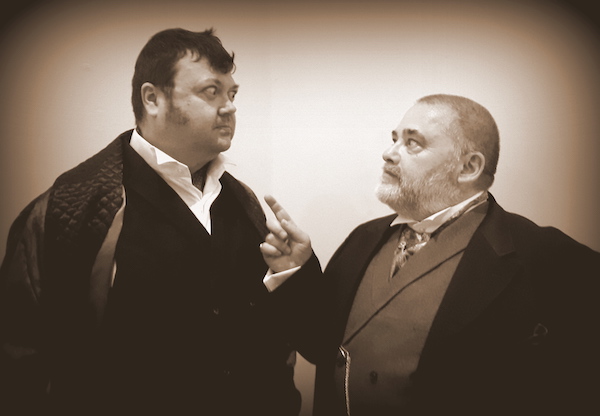
Pictured: Stefan Gough and Mirko Monticelli as Holmes and Moriarty.
ArtsCentreTheatre’s Director, Jason Kenyon, has written a new play inspired by Arthur Conan Doyle’s characters, which opens with Sherlock Holmes and Dr John Watson in an apparently deserted theatre with no idea of how they got there. James Moriarty, Professor of Mathematics and Napoleon of Crime, suddenly appears and begins Drumhead Court with Holmes as the accused and various women from the stories as witnesses in a bid to discredit the detective and thereby exonerate himself in the eyes of the law.
While there have been “countless versions of Sherlock Holmes” on television, in film , on stage and on the radio, Jason wanted to go back to the original characters and stories.
“The initial inspiration for the play came when I began recording the original stories for the Arts Centre's JACanory entries on our website during the first lockdown. Their popularity is undeniable and well established and they provided a plethora of female characters - always an issue with a theatre group with a high proportion of actresses to cater for.”
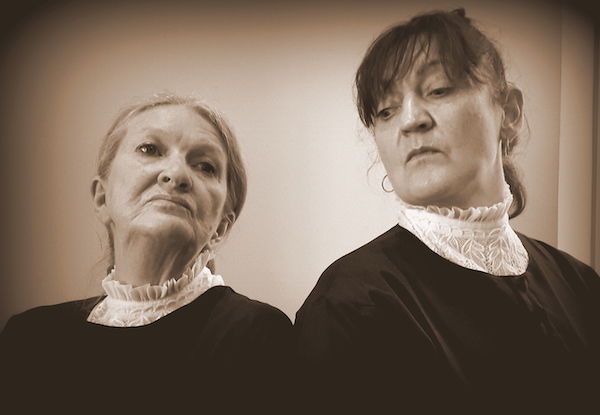
Pictured: Jason split the cast in two groups of 10 actors - Katie Hayes and Yvonne Bulstrode play Miss Hudson.
Writing a play is no small feat in “normal” times but Jason also had to ensure the production was “covid-proof” so that it could take to the stage.
“The simplest way to do this is to do the piece as a Radio Play and, if possible, record it in front of a live audience,” he explained. “This allows the actors to be socially distanced at all times and, while rehearsal is required to develop the finished performance, the cast can have a script in front of them so less rehearsal is needed than for a full production. Unfortunately, we had already done that last November with our production "Lust Actually" so I was reluctant to repeat the exercise.
“Conan Doyle's stories, however, do not involve a massive amount of action, being largely sedentary in nature and taking place in an era when physical contact was often considered impolite. They therefore by their very nature allow for a significant level of social distancing when adapting them for the stage.”
In addition, Jason split the group of actors into two casts of 10, who have been busily rehearsing separately since the beginning of February and will be performing alternately over six nights. As Jason said, rehearsals were somewhat hampered by the necessity to wear masks which made it difficult for the actors to not only hear each other but also to see each other’s expressions.
With only a few days before the actors take to the stage, six months after ACT’s last show at the Arts Centre – “even in a pandemic we keep ourselves busy - and safe” – Jason said he feels the same as he had with any of the previous 30 productions by the group: “an odd mix of quiet confidence, hopeful anticipation, grim determination and just a soupcon of absolute terror!”

Pictured: JCG student Aarya organised the event.
This Friday sees the first ever ‘Festival of Cultures’ at Jersey College for Girls. The event was the brainchild of JCG student, Aarya, and will consist of a series of workshops ran by students and staff alike.
The subjects covered are varied, from Chinese calligraphy and poetry to Bollywood and Csardas dance, cave paintings, Welsh singing and ‘life, language and love in Jersey’.
The workshops series will be followed by a Festival of Cultures lunch with students selling special homemade lunches that they have cooked themselves and represent their cultures and history. Money raised through the lunch will be donated to local charities.
The day will end with a special assembly and a Scottish Ceilidh danced by the entire College.
“I am so excited that my vision for the Festival of Culture’s has been embraced to warmly and inclusively by everyone at College,” Aarya said. “Everyone is getting involved and I can’t wait for Friday!”
Throughout the day, students will be dressing in outfits from their cultures or in the colours of the many flags represented at the school.
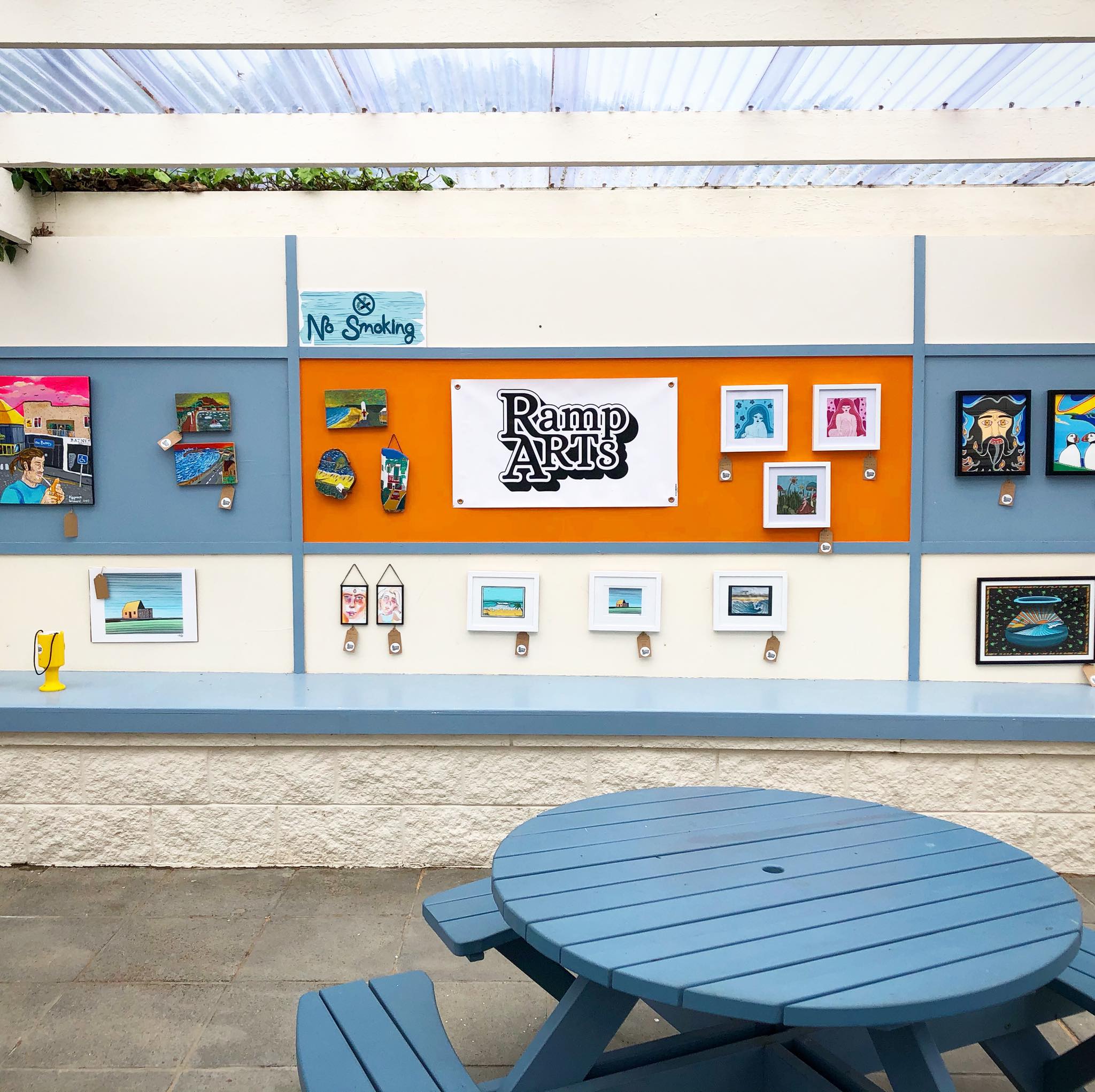
Pictured: RampArts is returning to Seaside Café after a successful event in May.
Local art collective, RampArts Jersey is returning to the Seaside Café in Greve De Lecq this Saturday (26 June) for an “exciting” music, art and fashion event celebrating the best in local creativity.
The day will start at 11:00 with the Jersey Ukulele Club, followed by original music from Lee Ali, Monty Taft, Ricardo Santos, Ronan Benson, and Kevin Pallot. DJ Stephen Orr will be taking to the decks in between acts until 16:00.
The musicians will play to a backdrop of artwork from local creatives Theo Jenner, Hope Southam, Jake Mullins, Cara Smith, Christy King, Martyn Saralis, Precious Petals, Jamie Hogan, Debbie Brown, Ali Robinson, Carlo Zen, Jacques Le Breton and Heather Brown.
Fashion designers Island Revival will be presenting a selection of sustainable customized denim items, while Robyn Kent will be launching her upcycled band tees made with nostalgia and grommets.

Pictured: Robert Allen's 'Coastline' exhibition can be seen at Le Hocq Tower in St. Clement.
Local artist and teacher Robert Allen is presenting a series of new paintings at Le Hocq Tower in St. Clement this weekend (Saturday 26 and Sunday 27 June) between 10:00 and 18:00.
The “coastline of Jersey en plein air” (outdoors) is Robert’s favourite subject. Since studying in Cornwall and Milan between 2002 and 2006, he has been using his immediate landscape as inspiration for his work.
“As an artist, I am primarily concerned with where the sea meets the land and the constant changeable nature of this area of the island,” he explained. “Our island is unique in its tidal range and I focus on the detail and substance of the ebb and flow of the sea, the fauna and flora of the coast and the lie of the land. I am always attempting to capture and celebrate these elements we all experience daily in my paintings.
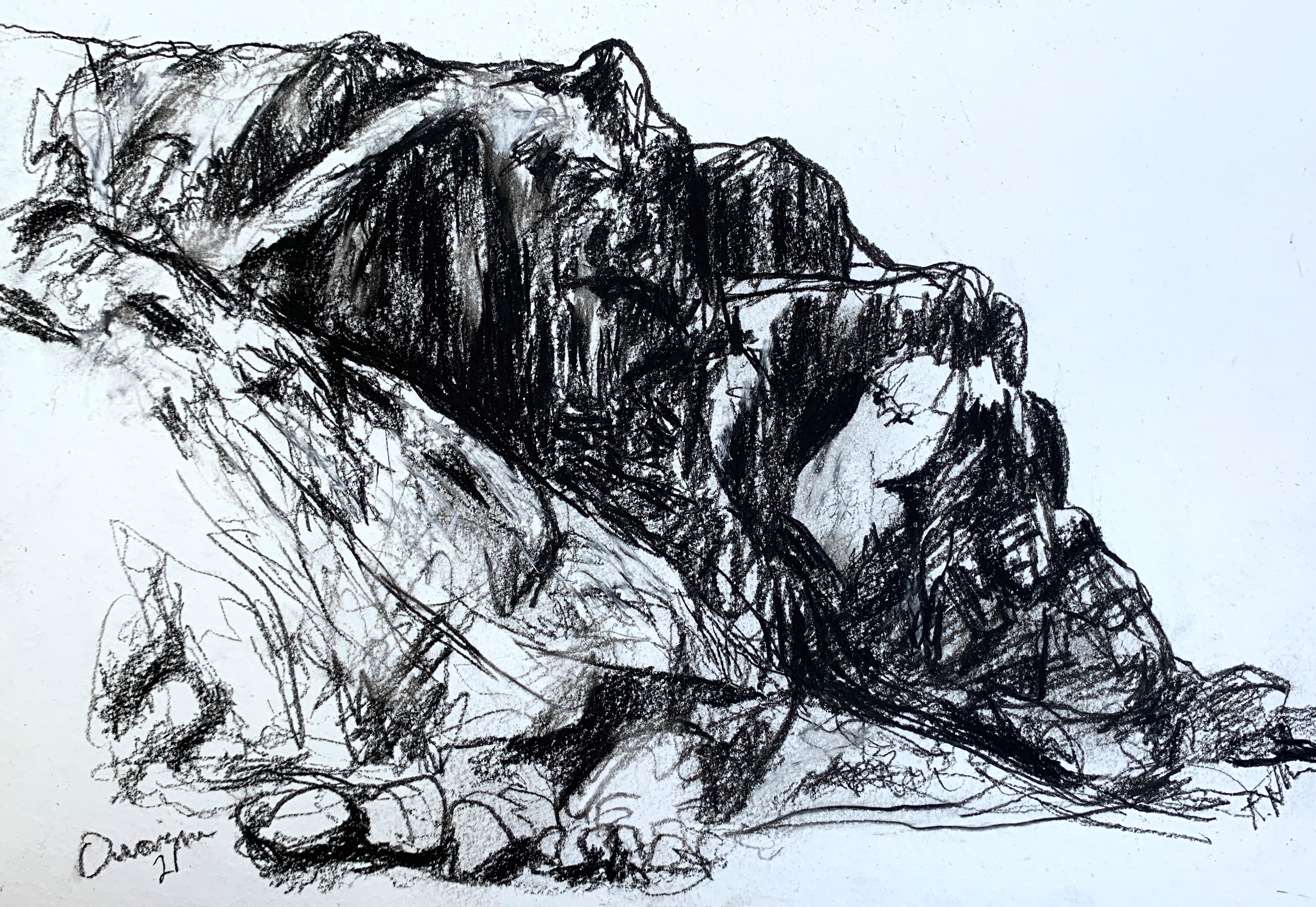
Pictured: "I have been inspired by the coastline of Jersey for a long time now as it is full of surprises," Robert said.
“My artworks encompass my direct involvement in the land and environment that surrounds me. I want to capture nature in the raw which is why painting directly in the environment is so essential to my practice.
“I have been inspired by the coastline of Jersey for a long time now as it is full of surprises - it's very unpredictable in terms of the sea, the weather and what lives there. I like to have a feel of the wild and the ungoverned. This is reflected in my artwork.
“I try to vary my working practice as much as possible to keep it fresh and dynamic. I move around and chop and change as much as possible in what I do. I might be working on a three-metre canvas spread out on a beach covered in sand, or I might be working on a postcard in the palm of my hand.”
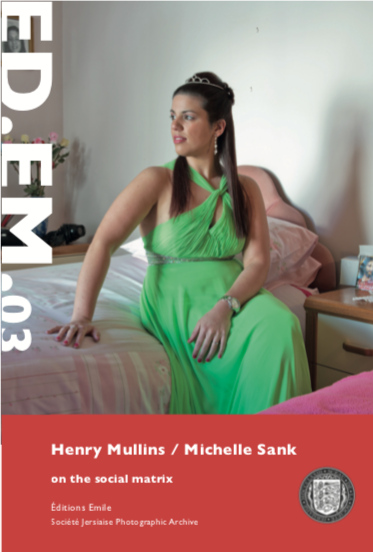
Pictured: ‘ED.EM.03 - On the Social Matrix’ pairs images by Henry Mullins and Michelle Sank whose work cover 165 years of photographic history in the island.
The latest issue in a series of photo-zines produced by Éditions Emile – a new publishing imprint celebrating the unique collections held in the Société Jersiaise Photographic Archive – covers 165 years of photographic history in the island.
‘ED.EM.03 - On the Social Matrix’ pairs images by Henry Mullins, who made over 9,000 ‘carte de visite’ portraits of Jersey’s ruling elite and wealthy upper classes between 1850 and 1873, and Michelle Sank, the inaugural Archisle International Photographer-in-Residence, whose work reflects upon a culturally diverse and more inclusive demographic of islanders.
Gareth Syvret, who founded Archisle: The Jersey Contemporary Photography Programme in 2011 and spent almost 20 years studying Mullins albums while working as the photo-archivist at the Société Jersiaise, wrote: “While Mullins’ archive of portraits reproduced and reinforced the status of the wealthy and powerful, Sank broadens this social matrix by placing Farmer alongside Financier, or by showing two ways to be outside a home: in the communal garden of a social housing estate or beside a private swimming pool outside a home.
"The relationship in pose, posture and placement of the hands between Mullins’ and Sank’s subjects proves that certain behaviours and ways of being, bodily, in the world persist inside or out of the photographer’s studio.”
Editors Patrick Cahill and Martin Toft said they aimed to re-postion historic collections within contemporary contexts in the zine series. “By bringing Sank’s work and placing it on the same page as Mullins the viewer is asked to consider 165 years of portraiture in Jersey, both within the evolution of the photographic medium itself and as cultural records of islanders posing for the camera. Within that period the island has undergone significant changes socially, politically and economically, and yet, many of the same power structures exist. Sank’s work brings the visual context needed to view Mullins’ work through a critical lens, and Jersey insular society more broadly.”
Comments
Comments on this story express the views of the commentator only, not Bailiwick Publishing. We are unable to guarantee the accuracy of any of those comments.